
If properly maintained, a generator can last many years. The more carefully you maintain your generator, the longer it will work efficiently, and without needing costly repairs. Below are some useful tips to keep your generator on-call when you need it for decades to come.
Make sure to do a routine inspection of your generator every six months, even if it hasn’t been used. Remembering to do this in the fall and spring is a good way to stay on schedule. Fail to do this and your generator may not work the next time your electricity goes out.
Oil Change
Most generators require their first oil change after just 30 hours of use. After the first oil change, change the oil after each 100 hours of use. To prepare for an expected outage (such as a major storm), check to ensure you have plenty of oil, oil filters, and fuel to last you several days.
Plugs & Filters
As a general rule, change your generator’s spark plug and air filter about every 200 hours of use, or once a year. This will ensure the best fuel/air mixture, helping extend its life while maintaining peak efficiency.
Charge the Battery
Not all generators have batteries, but those with an electric start feature should be fully charged before storing.
Practice Run
If you’re using it, it’s recommended to power-up your generator once or twice a season. Think of it as a car you don’t use often; just to keep everything working correctly, you have to start it up and let the engine run occasionally. If you’re not the type-A sort, start it twice after its six-month maintenance check-up.


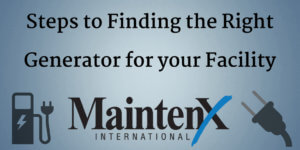
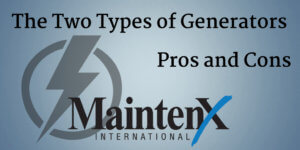
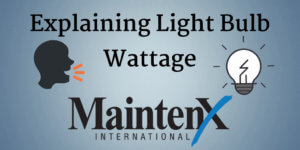


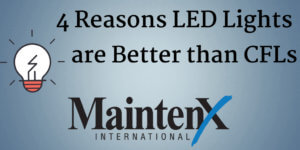
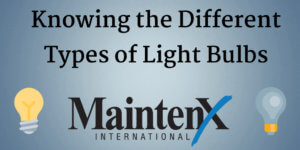
 One of the key factors in running a successful business is staying relevant in your market. Whether you are trying to attract new clients, new employees, or keep your existing base intact, relevancy helps you stay in front of your competition. Sometimes the easiest way to become more relevant is to give your facility a facelift. Here are some reasons why you may want to consider this.
One of the key factors in running a successful business is staying relevant in your market. Whether you are trying to attract new clients, new employees, or keep your existing base intact, relevancy helps you stay in front of your competition. Sometimes the easiest way to become more relevant is to give your facility a facelift. Here are some reasons why you may want to consider this.